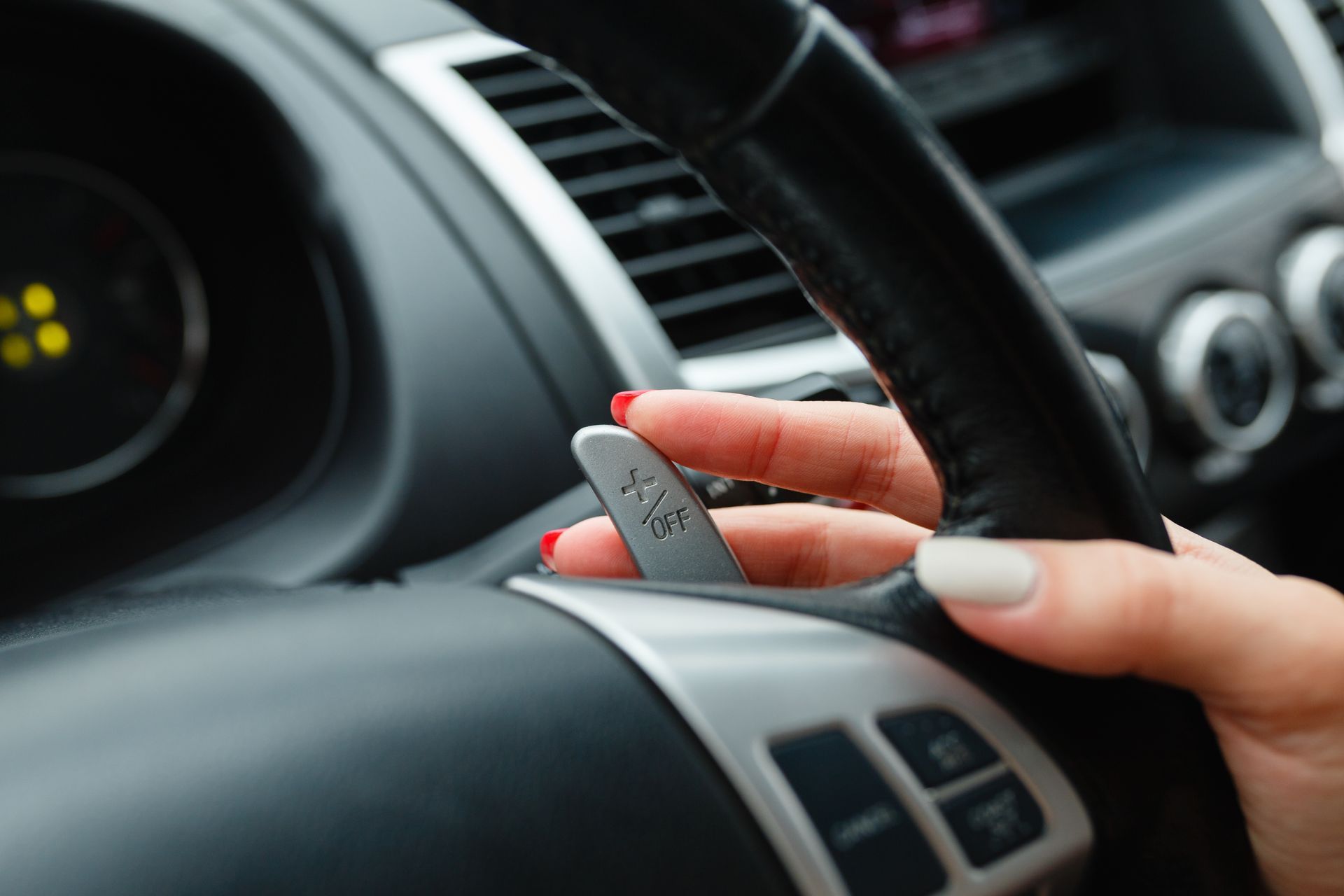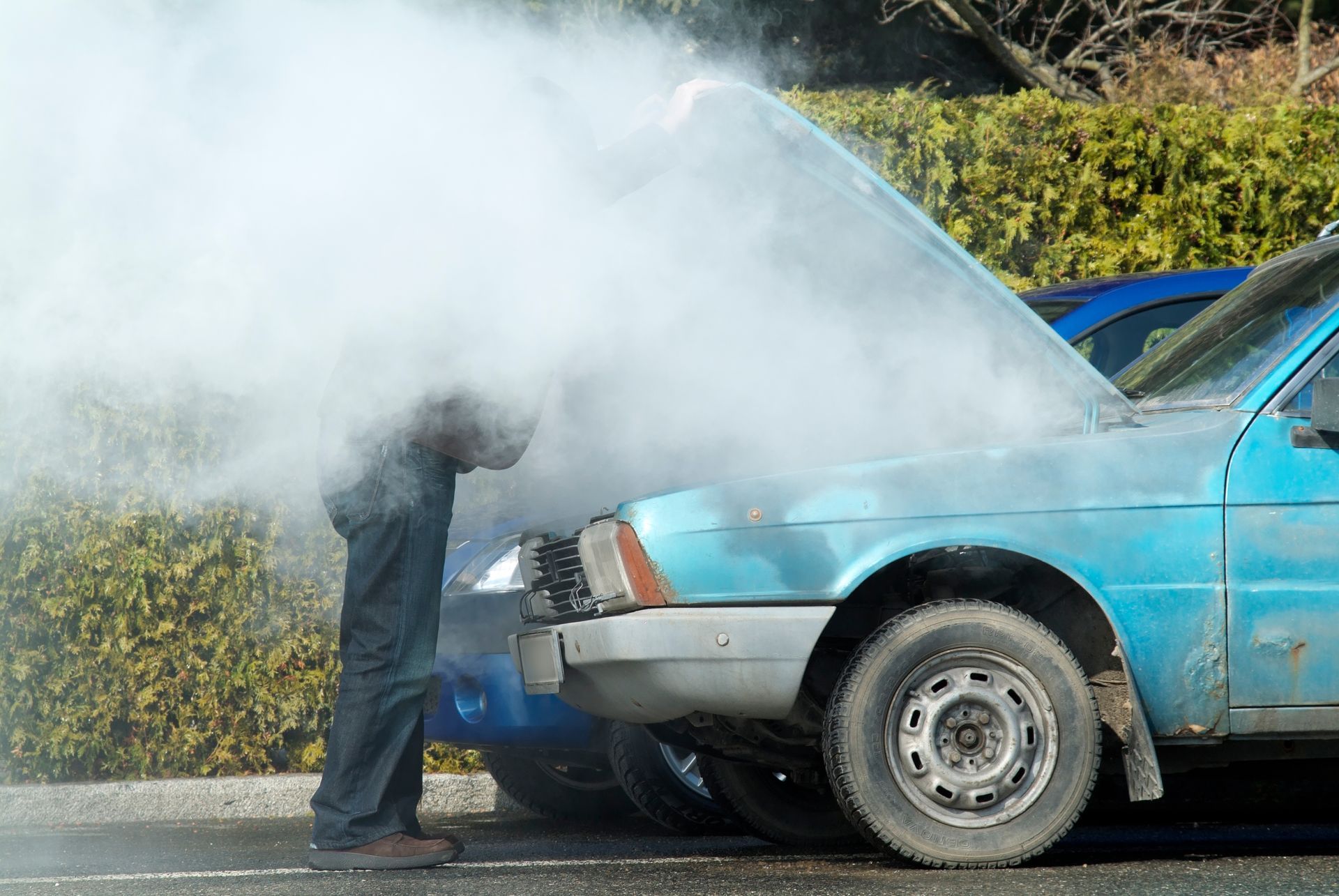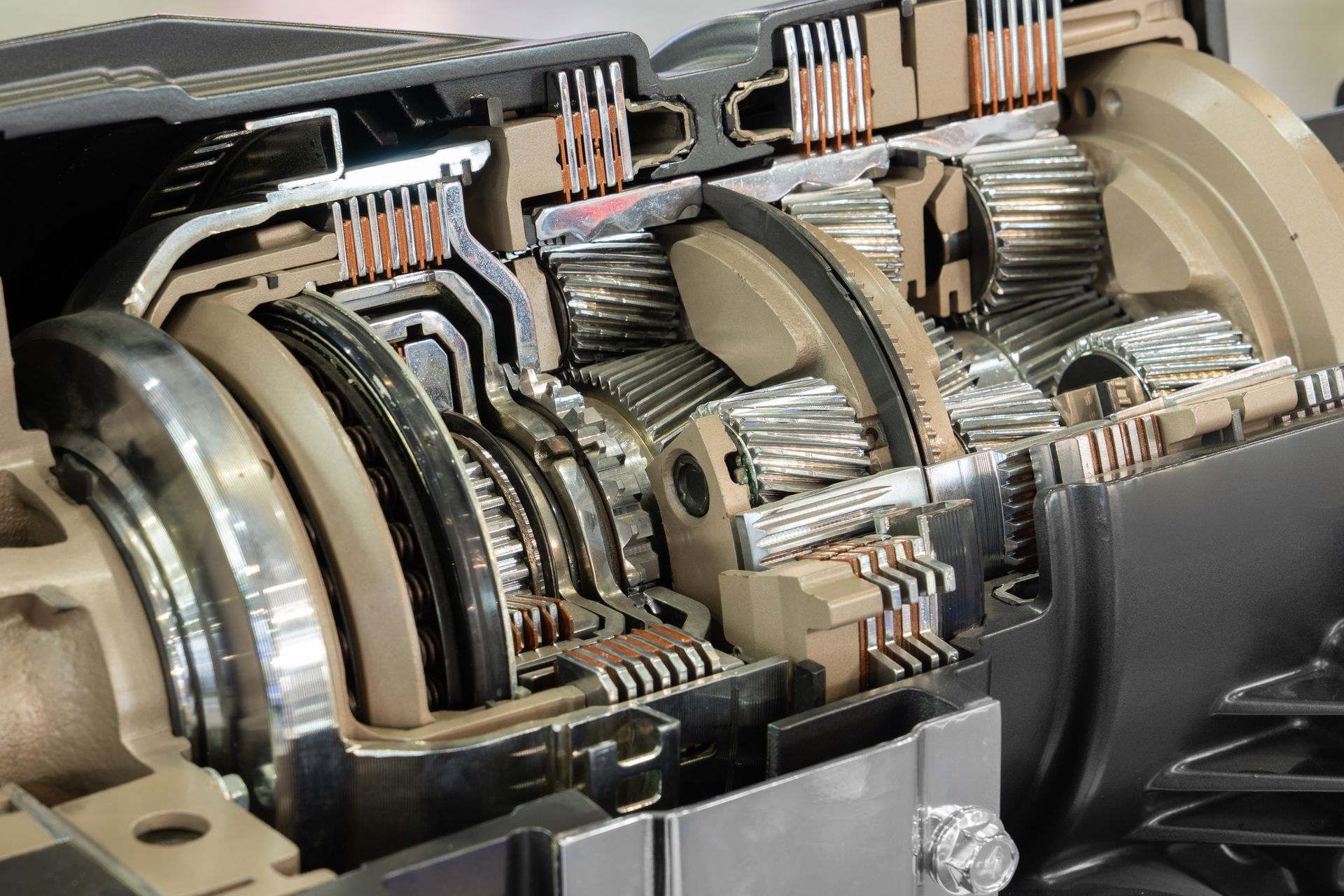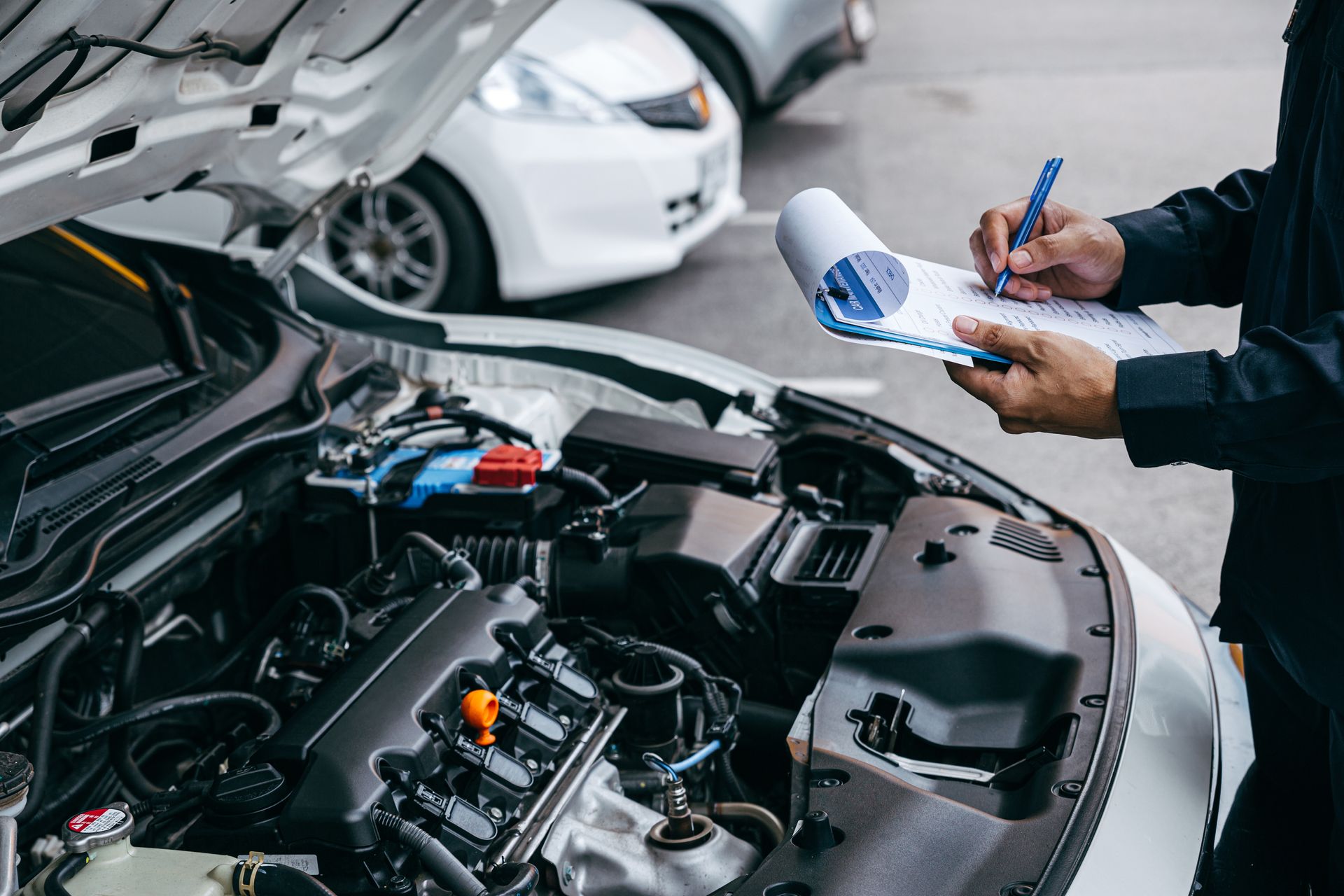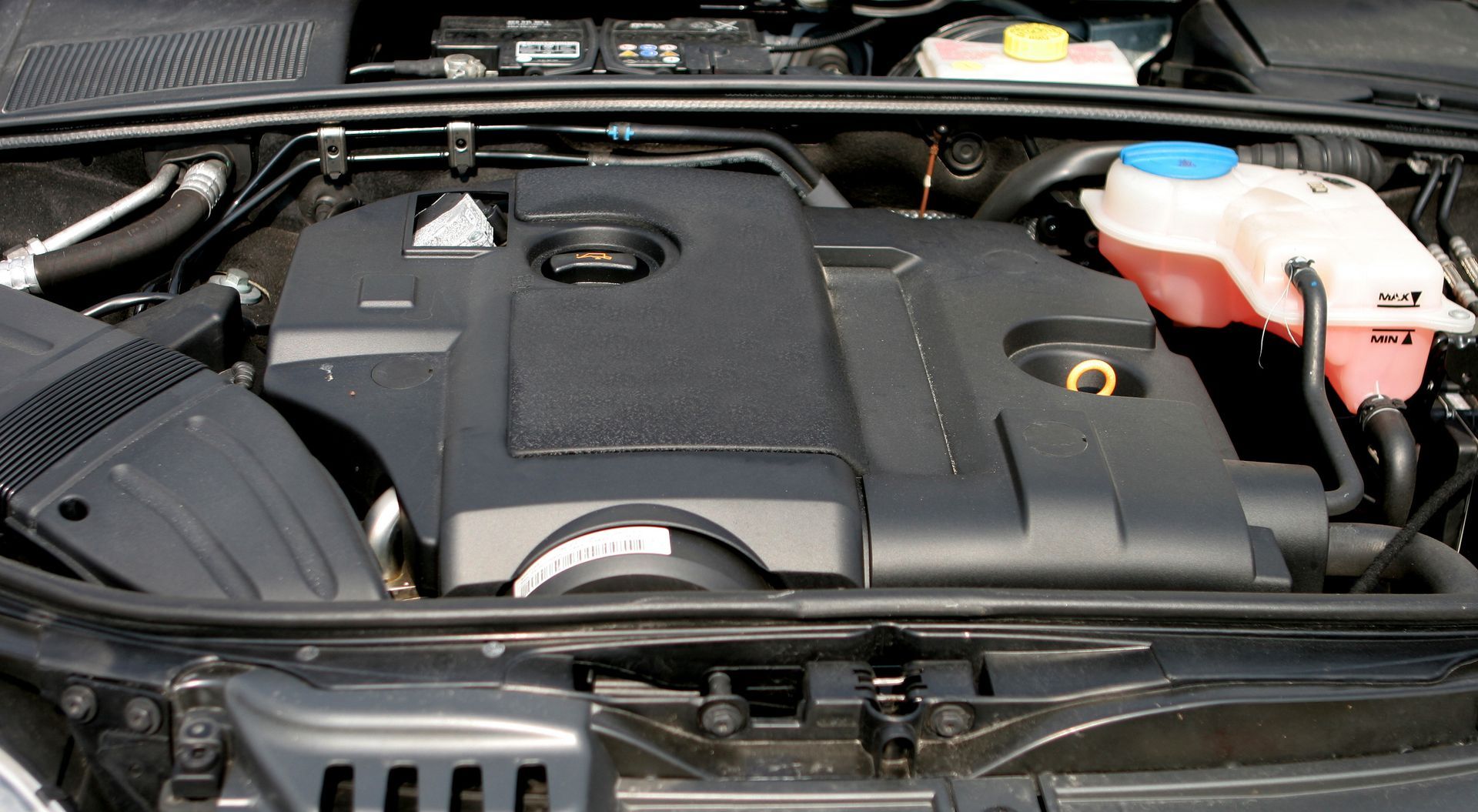When summer starts to fade and cooler weather sets in, your car faces a shift in driving conditions. Temperatures drop, daylight hours get shorter, and wet leaves or early frosts can make roads more slippery. Preparing your car for fall isn’t just about comfort—it’s about safety and avoiding costly repairs later. A few simple steps can make a big difference in how your vehicle handles the seasonal change.
Check and Replace Worn Wiper Blades
Fall often brings more rain and occasional storms, which means you need maximum visibility on the road. Wiper blades that worked fine in summer can struggle once the weather turns. If you notice streaks, squeaks, or skipping across the windshield, it’s time to replace them. Most wiper blades last about six months, so swapping them out before the rainy season is a smart move. Don’t forget to top off your windshield washer fluid, preferably with a formula that works well in cooler temperatures.
Inspect Tire Tread and Pressure
Your tires play a critical role in grip and handling, especially in wet or slick conditions. Check the tread depth to make sure it’s above the recommended safety limit. Bald or worn tires can make it harder to stop quickly and increase your risk of hydroplaning. Fall temperature changes can also cause tire pressure to drop, so check and adjust the pressure according to the manufacturer’s specifications.
Test the Battery Before Cold Weather Hits
Even in Georgia, fall mornings can be chilly enough to reveal a weak battery. A battery that’s already several years old may have trouble holding a charge in cooler weather. Have your battery tested to ensure it’s in good shape and that the terminals are free of corrosion. Replacing it before winter is far cheaper and less stressful than dealing with a car that won’t start on a cold morning.
Service the Heating and Defrost Systems
You might not need heat much during the day in early fall, but once the mornings and evenings cool off, a functioning heater becomes important. The defrost system is also critical for clearing foggy or frosty windows. Make sure the blower works at all speeds, the vents are directing air properly, and the heater core is delivering warm air. If anything seems off, have it checked before you need it most.
Inspect the Brakes for Safety
Fall often means more stop-and-go driving as school resumes and traffic patterns shift. Responsive brakes are essential for handling sudden stops, especially when the road is wet or covered in leaves. Have your brake pads, rotors, and fluid checked for wear or damage. Replacing worn brake components now can prevent unsafe situations and avoid more expensive repairs later.
Replace or Clean the Cabin Air Filter
Your cabin air filter helps keep dust, pollen, and debris from entering your vehicle’s ventilation system. During summer, it can collect a lot of dirt, reducing airflow and making the heater less effective. Swapping it out before fall improves air quality inside your car and ensures the climate control system works efficiently.
Top Off and Inspect Fluids
Before the season changes, check all your vehicle’s fluids—engine oil, coolant, brake fluid, power steering fluid, and transmission fluid. Cooler temperatures can affect how these fluids perform, and topping them off ensures your vehicle is ready for varying weather conditions. It’s also a good time to schedule an oil change if you’re due for one, as fresh oil helps the engine run smoothly as temperatures fluctuate.
Get Road-Ready With Marietta Auto Repair in Marietta, Georgia
Preparing your car for fall doesn’t have to be complicated, but it can make a big difference in safety and performance. At
Marietta Auto Repair in Marietta, Georgia, we offer full seasonal inspections to check wipers, tires, brakes, battery health, fluids, and more. Bring your vehicle in before fall weather arrives so you can drive with confidence, no matter what the season throws your way.
